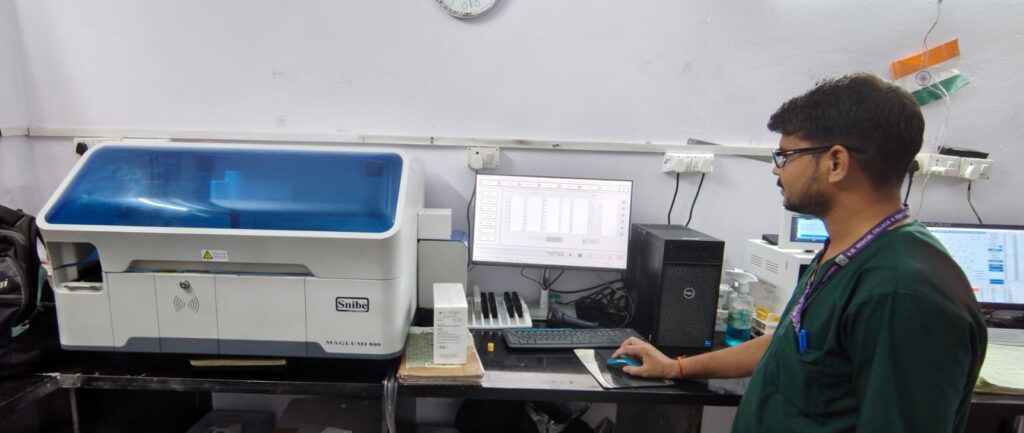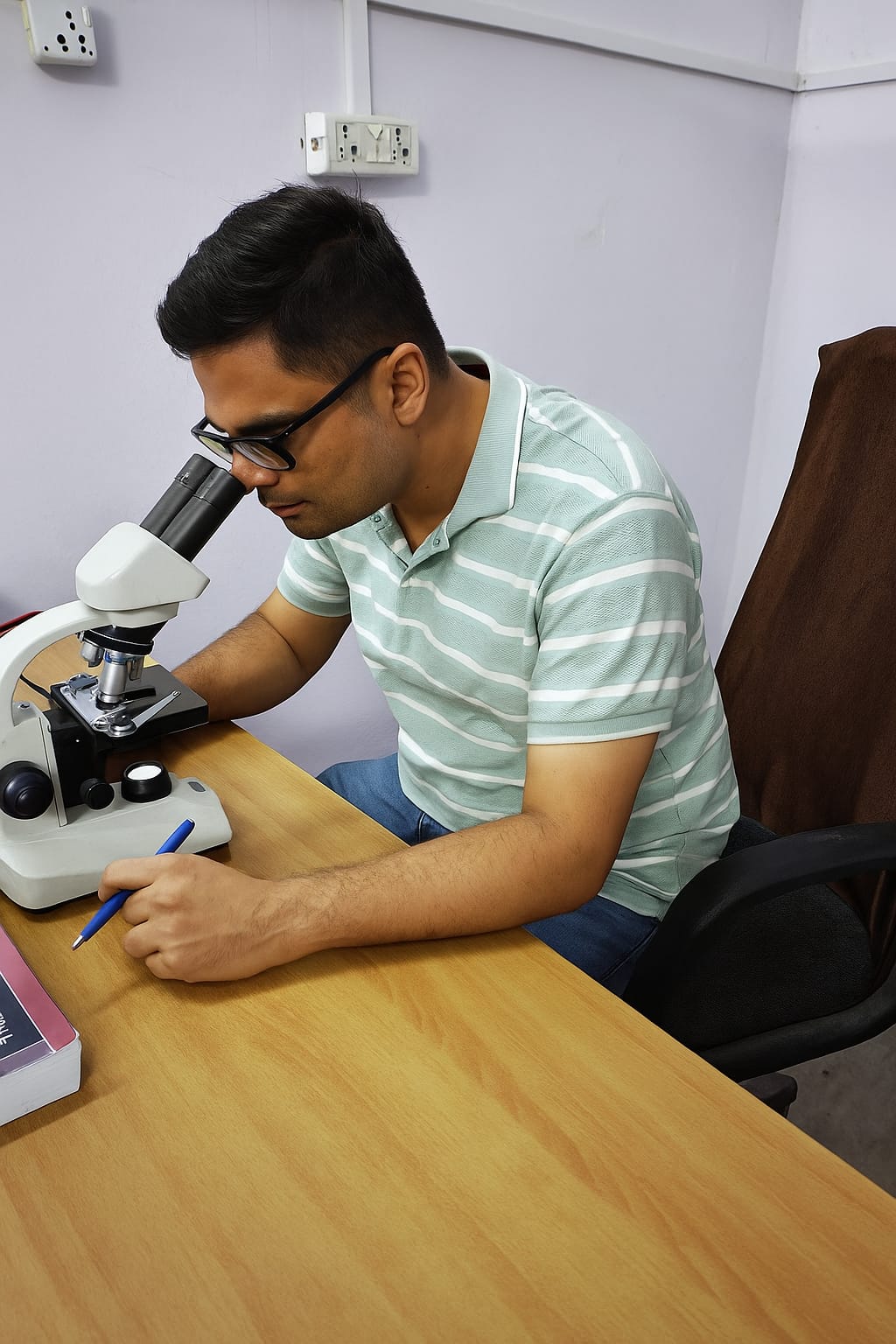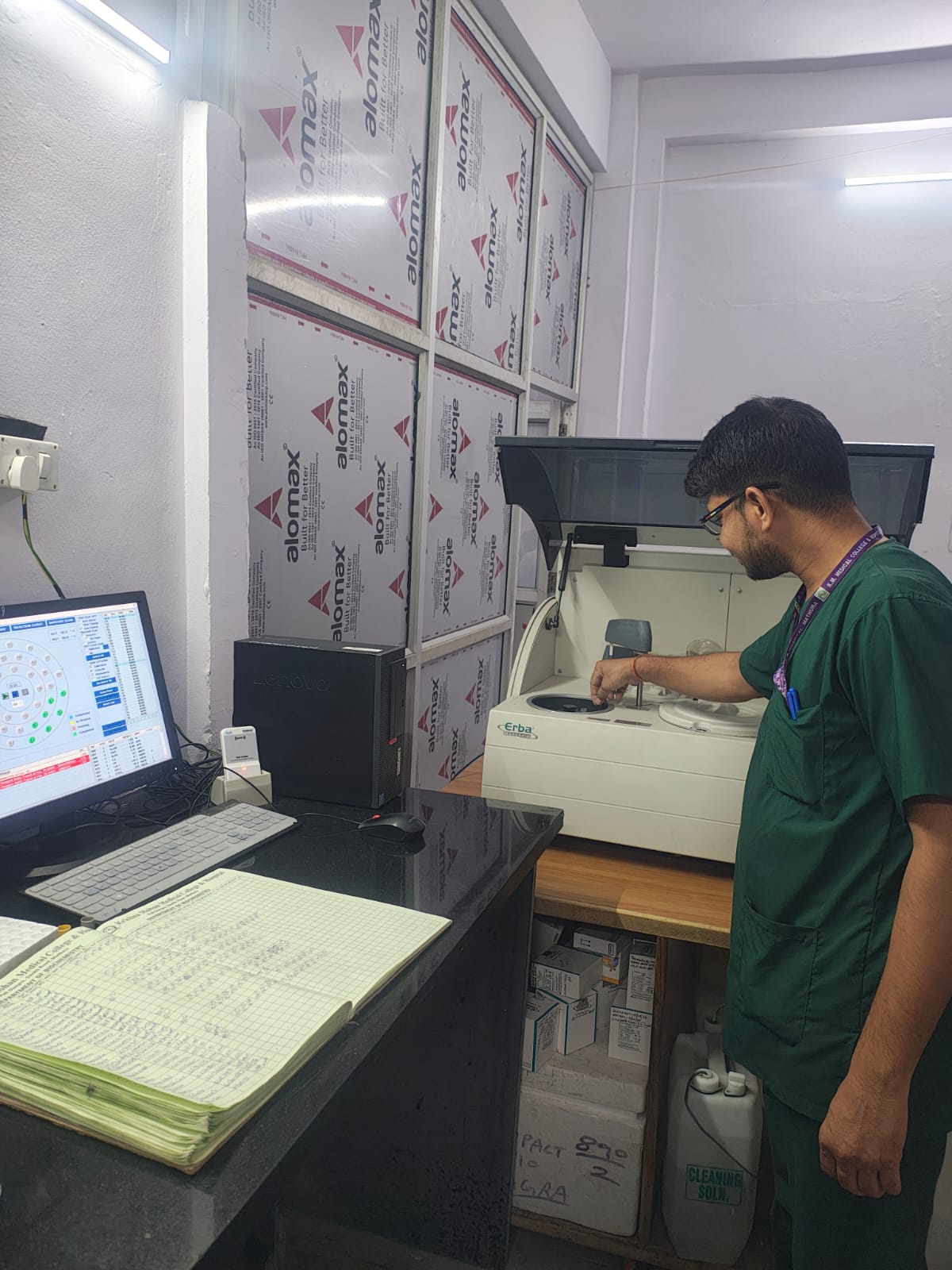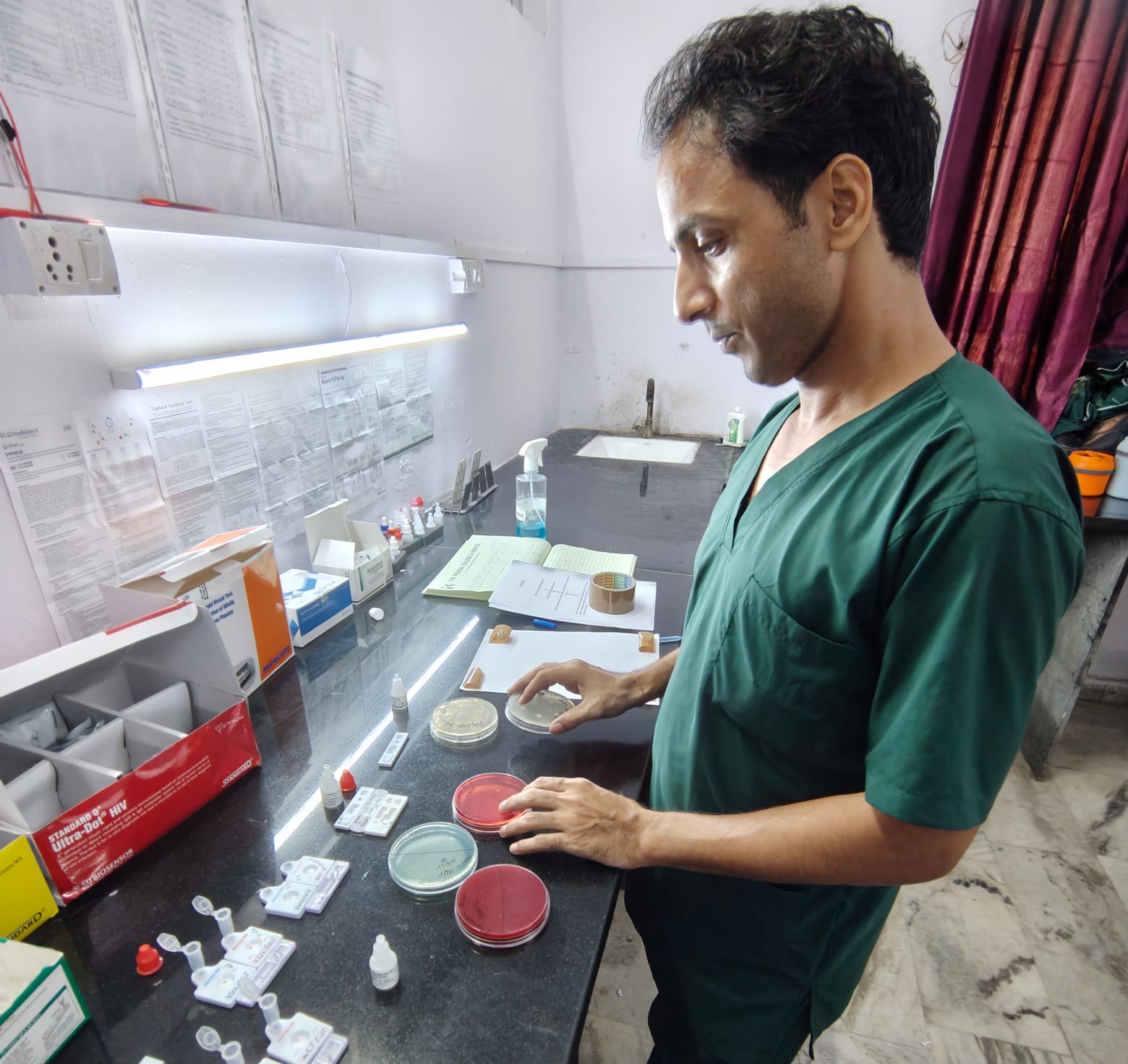
The Department of Pathology plays a critical role in modern medicine by providing accurate diagnostic information essential for disease detection, treatment planning, and monitoring. The department offers a wide range of services encompassing tissue, cell, and fluid analysis through state-of-the-art laboratory practices and highly trained specialists.
1. Histopathology
Definition:
Histopathology involves the microscopic examination of tissue samples that are collected during biopsy, surgery, or autopsy. These tissues are processed, stained, and analyzed to identify structural changes associated with diseases.
Applications:
Cancer diagnosis and staging
Inflammatory and autoimmune diseases (e.g., Crohn’s disease, lupus)
Infectious diseases (e.g., tuberculosis, fungal infections)
Monitoring post-surgical tissue recovery and margins of excision
2. Cytology
Definition:
Cytology focuses on the microscopic evaluation of individual cells or clusters of cells obtained from various body sites. It helps identify abnormal or malignant cells and is often less invasive than tissue biopsy.
Types of Cytology:
Exfoliative Cytology: Study of naturally shed or manually collected cells (e.g., Pap smear, urine cytology)
Aspirated Cytology: Cells collected using fine-needle aspiration (FNAC)
Common Uses:
Early detection of cervical cancer (Pap test)
Diagnosis of pleural, peritoneal, and cerebrospinal fluid abnormalities
Evaluation of thyroid, breast, and lymph node lesions
Advantages:
Minimally invasive
Quick turnaround time
Cost-effective screening tool.
3. Fine Needle Aspiration Cytology (FNAC)
Definition:
FNAC is a rapid, simple, and minimally invasive procedure where a fine needle is used to aspirate cells from palpable masses or deep-seated lesions under imaging guidance.
Indications:
Evaluation of breast lumps, thyroid nodules, lymphadenopathy and other lesions
Diagnosis of cysts, abscesses, or suspected malignancies
Guided FNAC for internal organs using ultrasound or CT
Procedure Benefits:
Outpatient-based and safe
Provides preliminary diagnosis without the need for surgical biopsy
Can be repeated if necessary
Diagnostic Use:
Differentiation of benign vs. malignant lesions
Identification of infectious and inflammatory processes
4. Hematology
Definition:
Hematology involves the study of blood, bone marrow, and blood-forming organs. It focuses on diagnosing conditions that affect red and white blood cells, platelets, and hemoglobin levels.
Routine Tests:
Complete Blood Count (CBC)
Peripheral Blood Smear
Reticulocyte Count
Coagulation Profile (PT, APTT, INR)
Erythrocyte Sedimentation Rate (ESR)
Clinical Relevance:
Diagnosis and monitoring of anemia, leukemia, lymphoma, and clotting disorders
Evaluating infections, allergies, and chronic diseases
5. Clinical Pathology
Definition:
Clinical pathology encompasses the analysis of bodily fluids to detect biochemical, microbiological, and hematological abnormalities. It bridges laboratory medicine and patient care.
Key Services:
Biochemistry: Tests for liver and kidney function, blood glucose, lipid profile, electrolytes, and hormones
Urinalysis: Physical, chemical, and microscopic analysis of urine for kidney diseases, urinary tract infections, or metabolic disorders
Serology: Detection of antibodies or antigens for infectious diseases (e.g., hepatitis, HIV, dengue)
Microbiology: Culture and sensitivity testing to identify pathogens and determine antibiotic susceptibility
Utility in Healthcare:
Monitoring chronic illnesses like diabetes and hypertension
Preoperative and postoperative assessment
Emergency diagnosis of infections or metabolic imbalances






24*7 Emergency No.

Need support? Drop us an email

OPD Timings
KMMCH to be College has come up as one of the top institutions in India to study medicine in Mathura U.P. The institute is now considered as the best medical university in India 6 years after its inception.
KMMCH to be College has come up as one of the top institutions in India to study medicine in Mathura U.P. The institute is now considered as the best medical university in India 6 years after its inception.